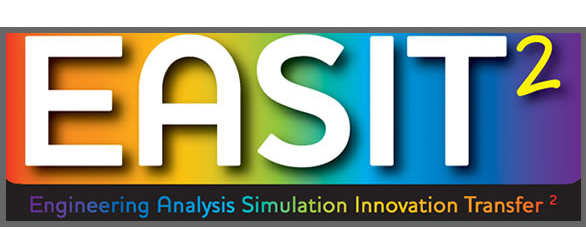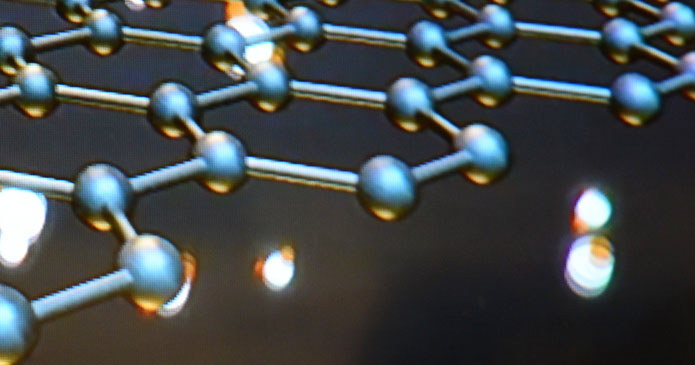EASIT2
Engineering Analysis and Simulation Innovation Transfer (Squared)


Education, Competencies Management, Certification of competencies
The project has three functionally related objectives:
The EASIT2 project is a Leonardo da Vinci European Union co-funded project, part of the European Vocational Training Action Programme. Leonardo da Vinci projects are aimed at designing, testing, evaluating and disseminating innovative vocational training and lifelong learning practices, and at promoting innovation in training as well as methodologies, contents, products.
The main aim of the project is to set out the knowledge and skills that a competent simulation engineer (CAE engineer) should possess, and to develop a set of tools that will enable engineers to develop, manage and certify their competencies within a wide range of industry sectors.
Specific objective of the EASIT2 project is the development of 3 distinct, but functionally related, competence-based tools:
The topic of the certification of competencies is a key issue of the European debate over the relationship between the rapid change of the technical knowledge and the development of the job market. Over the last years, the European Commission introduced a number of tools, such as the Europass and the certificate supplement, aimed at improving the transparency and transfer of competencies and qualifications as part of the Bologna process.
The EASIT2 project will contribute a new set of tools, specifically designed for the analysis and simulation industry, that fit ideally into this paradigm shift from a curriculum based qualification attestation, to a more sound and trasparent “competence based” education and certification.
EnginSoft values the EASIT2 project as strategic, and therefore joined the project as a “core” partner to contribute more closely to the project steering. EnginSoft had an active role in the development of the innovative competence based tools, and specifically developed the competence framework application and lead the competence based registered analyst scheme workpackage.
AMEC | E.ON | EADS | EnginSoft | Geofem | NAFEMS | Nevesbu | NOKIA | Renault | SELEX Galileo | Tetra Pak | University of Strathclyde
Funding Scheme Lifelong Learning Programme Leonardo da Vinci, Transfer of Innovation | Call identifier UK/10/LLP-LdV/TOI-305


2 years
1 October 2010 - 30 September 2012
Jim Wood, Department of mechanical engineering, University of Strathclyde, Glasgow
Giovanni Borzi
12

Some of our competences in research and technology transfer

Research project
The Smart Spaces Safety and Security for All Cities project (S4AllCities) is a large-scale project with the aim of revolutionizing the way smart cities become more prepared for and resilient against physical and cyber-attacks on their soft targets, smart spaces and critical infrastructure.

Research project
The project aimed to develop an open integrated framework that connects materials models at various levels of complexity, experimental data sets and commercial information (e.g. ingredients and processing costs), so that decision makers can use a wider variety of key performance indicators.

Research project
Development of methodologies (and of laboratory version of a software platform designed to implement them), capable of supporting architects and engineers in designing eco-buildings characterized by an optimal compromise between environmental performance (in terms, for example, of the CO2 equivalent produced during their entire life-cycle) and costs